South Africa has various cultures and environments. The nation has numerous major economic and cultural centers. These cities have busy streets, modern infrastructure, and varied populations.
Traditional and contemporary architecture in these cities is stunning. The city cores have skyscrapers, whereas the suburbs have old structures. This distinct environment is lively and appealing.
These cities have healthy economies based on banking, technology, and manufacturing. In addition, many inhabitants have a high level of life due to many work possibilities and a large selection of products and services.
These cities have different museums, galleries, and theaters. Festivals and events throughout the year celebrate the people’s rich history and customs.
Roads, buses, and railways link these cities. This makes exploring the city easier for inhabitants and tourists.
These cities economicalomic and cultural centers, making them wonderful destinations to live, work, and visit. Get to know the largest cities (by population) in South Africa in this article.
-
Bloemfontein
Population Density: 6,100 per square mile
Total Area: 91.19 square miles
Year Established: 1846
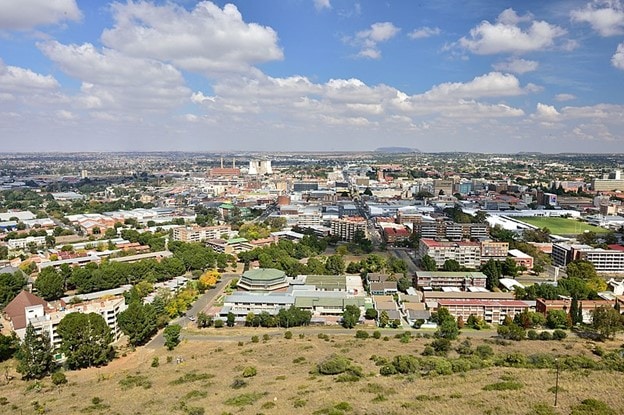 Source: Wikimedia
Source: Wikimedia
Bloemfontein is roughly in the middle of South Africa on the main highway connecting Cape Town in Gauteng. It is a major city in South Africa, yet it is more recognized for its scenic beauty and friendly locals than for its size. Known as the “City of Roses,” this South African city is the seat of government for the country’s court system.
The abundance of hotels, B&Bs, lodges, and other lodging options makes it simple to arrange a relaxing stay in South Africa. Its name, which translates to “fountain of roses,” is well chosen since the province’s rocky center is teeming with beautiful rose bushes.
Did You Know?
Even without considering the many other beautiful blossoms in gardens and along roadways, more than 4,000 rose bushes are planted throughout Kings Park’s gardens.
-
Pietermaritzburg
Population Density: 13,000 per square mile
Total Area: 48.71 square miles
Year Established: 1839
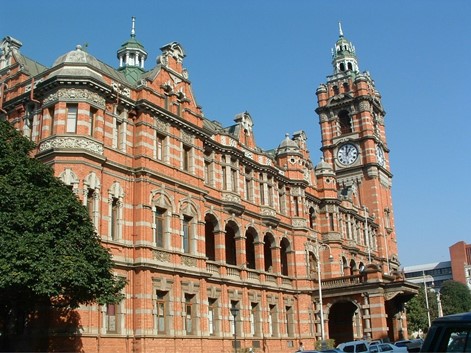 Source: Pixabay
Source: Pixabay
Pietermaritzburg is KwaZulu-Natal’s capital. The Comrades and DMarathonsthon are renowned there. Visit Pietermaritzburg’s red-brick municipal hall, the Southern Hemisphere’s biggest.
The Victorian architecture and atmosphere of this charming city show its Victorian heritage. The Voortrekkers, who arrived in 1837, settled on rich territory along the Umsindusi River because of the surrounding woods, hills, and valleys.
Pietermaritzburg was named after Voortrekkers commanders Pieter Retief and Gerrit Maritz in 1838. The settlement became a British military fortress to defend against assaults. As the town prospered, German and British immigrants moved here.
Did You Know?
KwaZulu-wildlife Natal’s reserves and landscape attract tourists. Pietermaritzburg’s museums and galleries reflect its past. The Botanical Gardens are ideal for peace-seekers.
-
Soshanguve
Population Density: 8,200 per square mile
Total Area: 48.95 square miles
Year Established: 1974
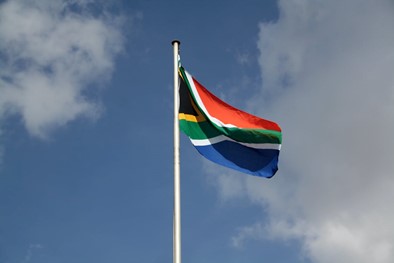 Source: Pexels
Source: Pexels
Soshanguve is a Gauteng township 30 kilometers north of Pretoria. The populace is multi-ethnic since Soshanguve is an abbreviation for Sotho, Shangaan, Nguni, and Venda. Soshanguve speaks South Africa’s primary African languages.
In 1974, Mamelodi and Atteridgeville inhabitants were moved to Soshanguve and split by tribe. This made the apartheid administratmore manageablesier, but it separated and distrusted the people.
Over 20 years later, cultures have integrated, yet the past remains. South Africans are most multilingual in Soshanguve.
Did You Know?
This township’s languages—Sotho, Shangaan, Nguni, and Venda—are shortened to Soshanguve. The settlement for migrant laborers is situated 45km north of Pretoria in Gauteng.
-
Pretoria
Population Density: 2,800 per square mile
Total Area: 265.46 square miles
Year Established: 1855
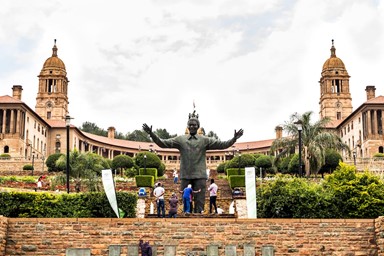 Source: Pexels
Source: Pexels
Pretoria is a pleasant, tranquil city known as Jacaranda City for its abundance of purple-blossomed trees adorning its streets. However, it has a lengthy, complex, and intriguing past.
The Southern Transvaal Ndebele occupied the region that would later become the city of Pretoria about the year 1600.
Marthinus Pretorius, a leader of the Voortrekkers, officially created Pretoria in 1855. During the 1830s and 1840s, the Voortrekkers left the Cape Colony to settleSouth Africa’s interiorrica.
Did You Know?
The names’ council approved Pretoria’s potential name change to Tshwane in 2005. However, it is still “under consideration” by the Minister of Arts And Culture, which may or may not have contributed to the uproar that accompanied the name change’s inception.
-
Gqeberha
Population Density: 10,000 per square mile
Total Area: 756 square miles
Year Established: 1820
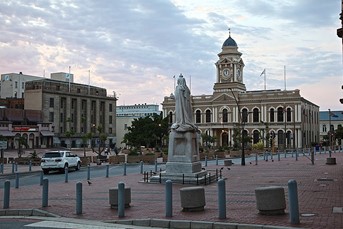 Source: Wikimedia
Source: Wikimedia
Port Elizabeth has been renamed Gqeberha and is often referred to as PE. Gqeberha is also known as the “City of Friends.” It is located in the Eastern Cape at the end of the Garden Route, spans along Algoa Bay, and is home to one of the country’s most important seaports.
Gqeberha was founded in 1820 to house British immigrants to fortify the Cape Colony’s frontier with the Xhosa. Sir Rufane Shaw Donkin, the acting governor of the Cape Colony, established it and named it after his deceased wife, Elizabeth.
Gqeberha is rapidly gaining recognition as the “water sports capital” “South Africa’s Gqeberha, located along the spectacular coastline of Algoa Bay, offers the ideal mix of warm water, sheltered beaches, and a subtropical climate.
Did You Know?
Today, Gqeberha is an excellent value vacation resort with various natural, cultural, and historical features. In addition, Gqeberha is home to a variety of luxurious lodging options.
-
Durban
Population Density: 39,000 per square mile
Total Area: 225.91 square miles
Year Established: 1880
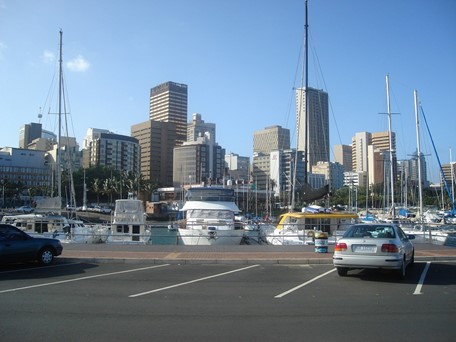 Source: Pixabay
Source: Pixabay
With around 3,442,361 residents, Durban is the most populous city in South Africa’s KwaZulu-Natal province. Despite apartheid, the city was constructed on the cornerstones of education and literacy and was home to Luthuli, the first African Nobel winner, Bessie Head, Nelson Mandela, and Gandhi.
Locally hosted literary fairs, festivals, and conferences include the Time of the Writer Literary Festival, which has included Nobel laureates in literature and authors from every African country.
Durban is a paradise for sports. A year-round athletic spectacular is made possible by the bright atmosphere and plenty of amenities. In addition, given Durban’s closeness to the warm Indian Ocean, watersports such as surfing, bodyboarding, sailing, and scuba diving are naturally popular.
Did You Know?
Rugby, soccer, and cricket are all very popular in Durban, which has world-class stadiums for all three main sports.
-
Cape Town
Population Density: 4,957 per square mile
Total Area: 950 square miles
Year Established: 1652
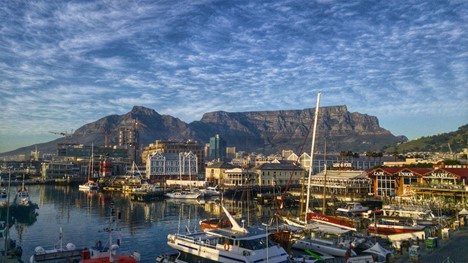 Source: Pexels
Source: Pexels
Cape Town is the legislative capital of South Africa, holding the Parliament, with an estimated population of 4,430,367 and an average annual growth rate of 2.4%.
Like many South African towns, Cape Town has a low urban density of 1,629 inhabitants per square kilometer and a net density of 17 housing units per hectare.
According to a report compiled by the United Nations, Cape Town is the most egalitarian city in South Africa.
However, like other cities in the country, Cape Town is struggling with the spatial legacy of apartheid, which is characterized by high unemployment rates and a highly inefficient urban form.
Did You Know?
Nelson Mandela, perhaps the most famous political prisoner in the world, was incarcerated on the small Robben Island in Table Bay.
-
Johannesburg
Population Density: 6,200 per square mile
Total Area: 63,513 square miles
Year Established: 1886
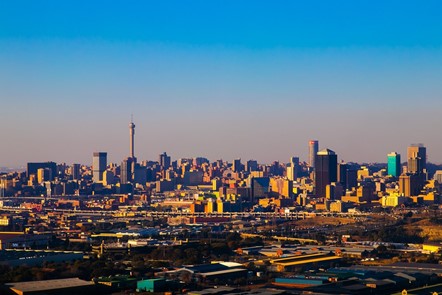 Source: Pixabay
Source: Pixabay
Johannesburg is the largest city in South Africa. It is the provincial headquarters of the wealthiest province in South Africa, Gauteng. The city is one of the fifty most populous urban areas in the world and the biggest metropolis not located on a river, lake, or coastline.
Even though Johannesburg is not one of South Africa’s three capital cities, it is the location of the Constitutional Court, which has the last say in interpreting the country’s constitution and other constitutional problems.
The area continued to be populated by both Bushmen and Bantu. When Europeans came to the area, a small number of Boers established farms, but there was no large European settlement until gold was found in the region in the 1880s, sparking a gold rush.
Did You Know?
Gold was first found in Barberton, a little distance east of present-day Johannesburg. However, gold prospectors quickly discovered that the Witwatersrand had much richer gold reefs.
RELATED READINGS
8 Largest Cities in Africa by Population
10 Largest Countries in Africa
14 Oldest African Countries
7 Oldest African Tribes
10 Largest Deserts in the World
